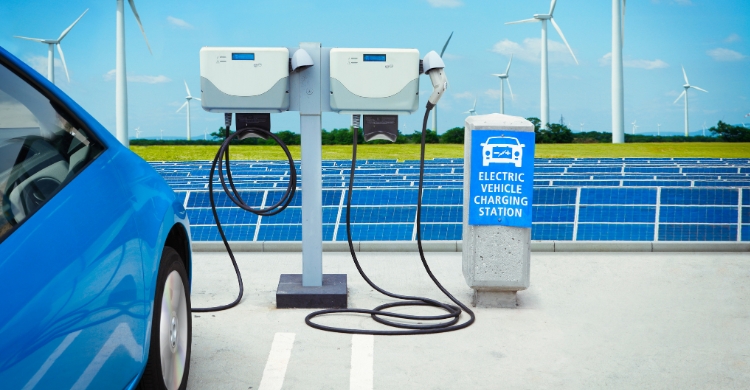
Western governments are energetically developing policies to ensure the supply of critical minerals. The list of minerals considered “critical” is, by and large, mostly focused on those seen as key for the energy transition. Especially those required for electric vehicles, such as lithium and nickel. Rare earths – also important for EV’s but more-so for wind turbines, also get a mention.
There are historic echoes here. Before the collapse of the Soviet Union, the US Defence Logistics Agency used to carry stockpiles of minerals that it considered critical. The focus then was on the needs of the military, with particular attention on minerals for which the US geology was unhelpful but the Soviet Union had plenty of. Minerals like cobalt, titanium, and palladium.
More recently, for the past 15-20 years China has been very focused on the supply of minerals that it considered critical to its own interests. Minerals that were important to economic growth, and that China was not rich in, have dominated. Iron ore and copper come to mind here.
And very recently, for European governments in 2022, by far the most critical “mineral” was natural gas. So, definitions change with the circumstances. Geology is a constant factor, but the other circumstances change with the context.
For company management and investors, the current set-up looks particularly difficult to navigate. The price history of most minerals that we currently call “critical” is very volatile. Many are by-products of other minerals, and so price signals within the critical commodity do not necessarily induce much of a supply response. (An interesting case study here is lithium, which used to be a by-product of the fertiliser industry but has outgrown potash and now has its own supply-demand dynamics.)
For most of today’s “critical minerals” however, the investment equation is not so much about forecasting supply and demand – difficult as that already is for commodities – but rather, forecasting:
1) How rapidly governments incentivise the energy transition and;
2) How much and how rapidly the China-West relationships deteriorate from here?